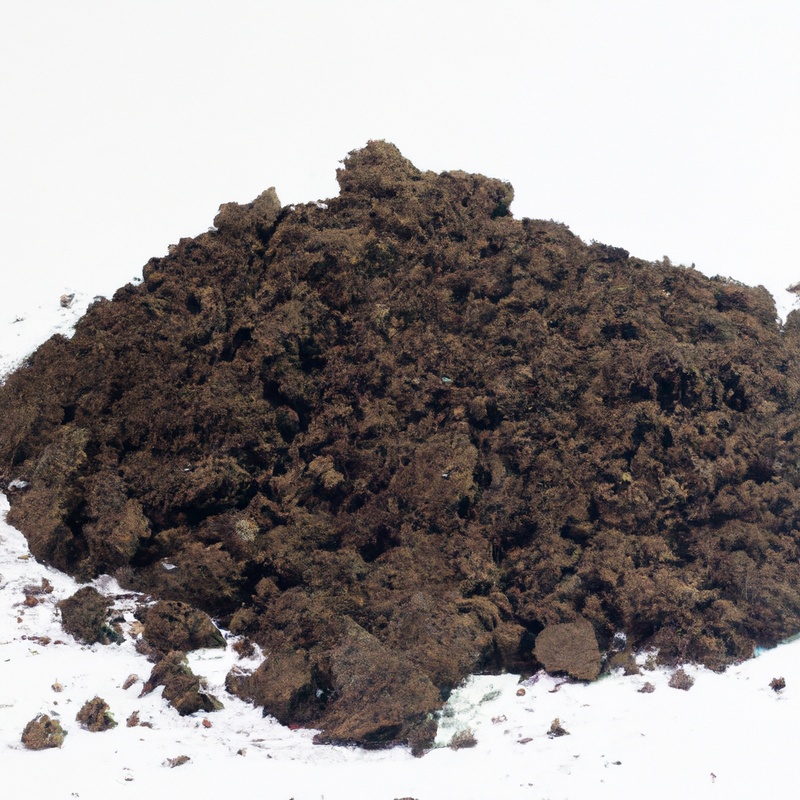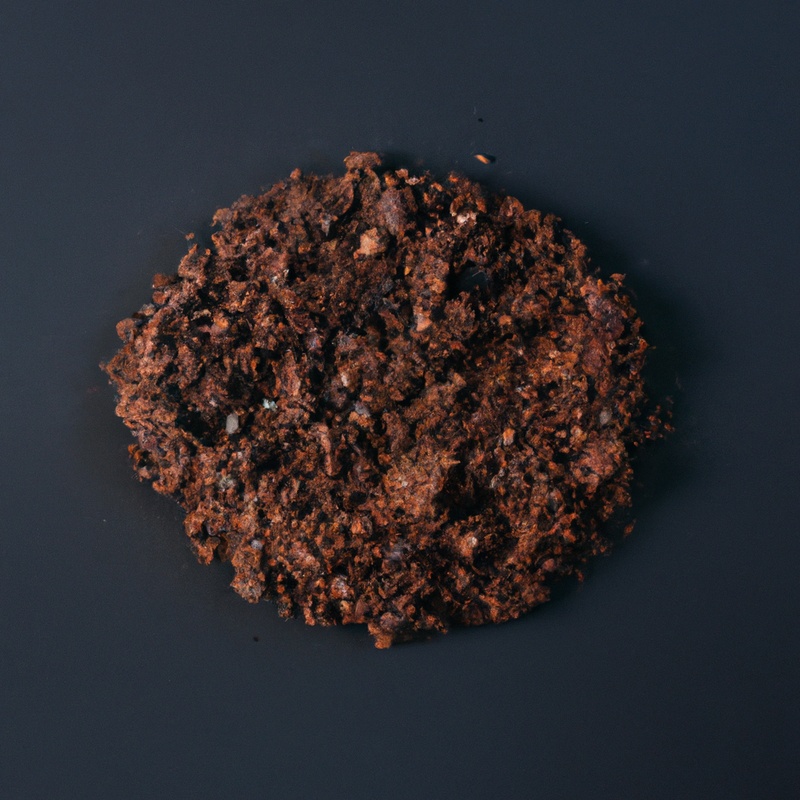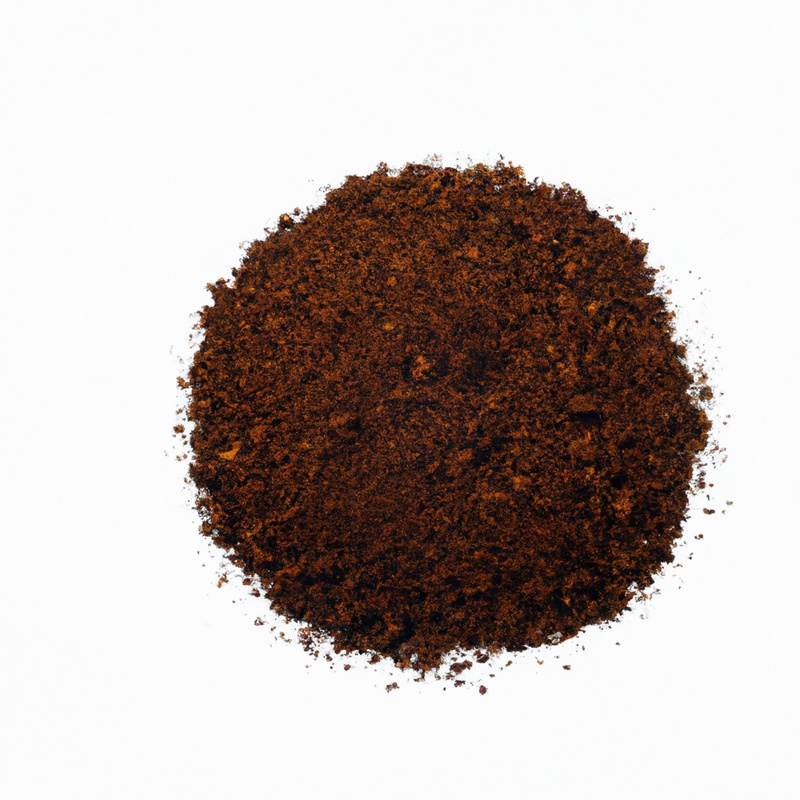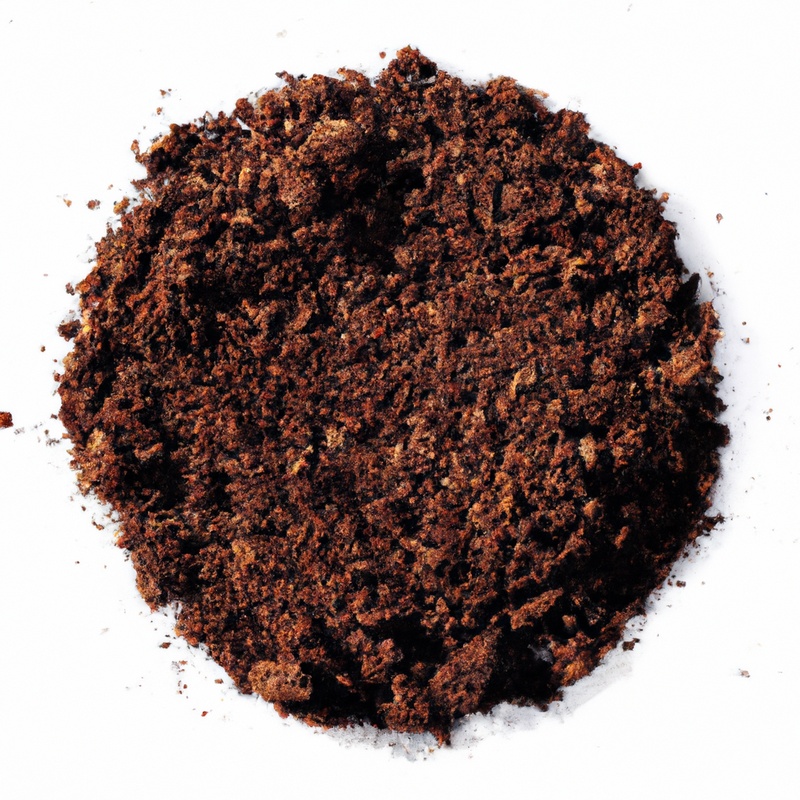Key Takeaways:
- Reusing coffee grounds can lead to a weaker and less flavorful cup of coffee.
- Brewing coffee grounds a second time may result in a higher caffeine content.
- Multiple rounds of brewing can extract more bitterness from the coffee grounds.
- Repurposing coffee grounds for composting or gardening is a better option than brewing them again.
Can you imagine starting your day without a steaming cup of coffee? For many of us, it’s an essential ritual that kickstarts our mornings.
But what happens when you have leftover coffee grounds from your morning brew?
Can you brew them again? The answer might surprise you.
Reusing coffee grounds is a popular practice among coffee lovers, but understanding the concept and its effects on flavor and strength is crucial.
In this article, we’ll delve into the world of reusing coffee grounds, explore the options for brewing with leftover grounds, and even get creative with coffee-infused recipes. So grab your mug and let’s dive in!
| First Brew | Second Brew | |
|---|---|---|
| Strength | Strong | Weaker |
| Taste | Full-bodied | Milder |
| Flavor | Intense | Subtle |
| Caffeine Content | Higher | Lower |
| Extraction | Maximum | Partial |
Can you brew coffee grounds twice?
Yes, you can brew coffee grounds twice, but there may be some changes in the flavor and strength of the coffee.
Understanding the concept of reusing coffee grounds
Reusing coffee grounds means using them to make more than one cup of coffee.
It’s a popular practice among coffee enthusiasts who want to reduce waste and save money.
However, reusing coffee grounds can result in a weaker and less flavorful cup of coffee.
The used grounds have already extracted a significant portion of the coffee’s flavor and aroma in the first brew, so the second brew will lack some of those qualities.
It’s generally better to use fresh grounds for each cup of coffee to ensure a rich and satisfying brew.
Effects on flavor and strength of reused coffee grounds
Reusing coffee grounds affects both the flavor and strength of the brew.
When you brew coffee grounds for the second time, the resulting coffee will usually be weaker and have a less pronounced taste.
This is because most of the flavor compounds and caffeine have already been extracted in the first brewing.
Additionally, the coffee may taste stale or have a slightly off flavor.
While reusing coffee grounds can save you money, it’s important to note that the quality of the brew will be compromised.
It’s best to use fresh grounds for the best taste and strength.

Tips for brewing coffee grounds twice
You can brew coffee grounds twice, but it may not taste as good as the first brew. Here are some tips to help you get the most out of your second brew:
- Use fresh coffee grounds: Make sure to use fresh, high-quality coffee grounds for your second brew. Stale grounds can result in a weak and less flavorful cup of coffee.
- Adjust the brewing time: Since the coffee grounds have already been used once, they may not release as much flavor during the second brew. Consider extending the brewing time to extract more flavor from the grounds.
- Decrease water-to-coffee ratio: To compensate for the reduced flavor extraction, you can try using less water when brewing the coffee grounds for the second time. This can help concentrate the flavor and avoid a watery taste.
- Experiment with different brewing methods: If you’re not satisfied with the taste of your second brew, you can try using a different brewing method. For example, if you used a drip coffee maker for the first brew, you could try using a French press or a pour-over method for the second brew.
Remember, brewing coffee grounds twice is not ideal for getting the best flavor. It’s always better to use fresh grounds for each brew.
But if you’re in a pinch or want to reduce waste, these tips can help you make the most of your second brew.

Brewing options for leftover coffee grounds
You have a few options for brewing with leftover coffee grounds, such as making iced coffee, preparing cold brew, or using them in coffee-infused recipes.
Making iced coffee with leftover coffee grounds
To make iced coffee with leftover coffee grounds, the process is simple. Start by brewing a batch of coffee using your preferred brewing method.
Allow the coffee to cool down completely.
Then, transfer the coffee into a container and place it in the refrigerator to chill for a few hours or overnight. Once chilled, you can pour the coffee over ice and add any desired sweetener or milk.
Enjoy a refreshing glass of iced coffee using your leftover coffee grounds!

Using leftover grounds for cold brew
Using leftover coffee grounds for cold brew is a fantastic way to make the most out of them. Simply mix the grounds with cold water and let them steep in the fridge for 12-24 hours.
The result?
A smooth and delicious cold brew that can be enjoyed over ice or mixed with your favorite milk or sweetener. Plus, it’s a great way to reduce waste and save money on expensive store-bought cold brew.
Give it a try and enjoy a refreshing coffee treat!
Creating coffee-infused recipes with used grounds
If you have leftover coffee grounds, don’t toss them just yet! You can get creative and use them to infuse delicious coffee flavor into your recipes. Here are a few ideas to get you started:
- Add coffee grounds to your homemade granola for an extra kick of caffeine.
- Use them as a dry rub for meat or vegetables before grilling for a unique flavor profile.
- Mix them into your brownie or chocolate cake batter for a rich, mocha twist.
- Brew a strong batch of coffee using the grounds, then chill and use it as the base for your homemade coffee ice cream.
- Infuse your favorite liquors like vodka or rum with coffee grounds to make flavorful cocktails.
Remember, the possibilities are endless when it comes to incorporating coffee grounds into your recipes. Get creative and have fun experimenting with different flavors!
Frequently Asked Questions (FAQs)
Is it safe to brew coffee grounds twice?
Yes, it is safe to brew coffee grounds twice, but the resulting flavor may not be as robust or desirable. When you brew coffee, the first extraction takes away most of the flavors and oils from the grounds.
The second brewing may yield a weaker and more bitter cup.
However, if you prefer a milder taste or want to reduce caffeine content, you can give it a try. It’s best to experiment and see if you enjoy the results.
Can you reuse coffee grounds for espresso?
Yes, you can reuse coffee grounds for espresso, but the quality of the final cup may suffer. When you make espresso, the water is forced through the coffee grounds at high pressure, extracting the flavors and oils.
The first brew will have the most flavor, and the subsequent brews will be weaker.
Reusing coffee grounds can also lead to over-extraction and a bitter taste. It’s best to use fresh grounds for each cup of espresso to ensure the best taste and quality.
How many times can you reuse coffee grounds?
You can reuse coffee grounds once, but it’s not recommended.
Reusing grounds can result in weaker and less flavorful coffee.
It’s best to use fresh grounds for each brew to get the best flavor and aroma.
Also, reusing grounds increases the risk of bacterial growth and mold formation.
So, to enjoy a rich and delicious cup of coffee, it’s best to use fresh grounds every time.
Can reused coffee grounds be composted?
Yes, you can compost reused coffee grounds. Coffee grounds are a great addition to compost bins because they are rich in nitrogen.
They provide essential nutrients for your compost, helping to break down organic matter and create nutrient-rich soil.
Just make sure to mix them well with other organic materials like leaves, grass clippings, and fruit/vegetable scraps to maintain a balanced compost pile. Happy composting!
Final Verdict
Brewing coffee grounds twice is indeed possible, but it does come with some trade-offs. While reused grounds may result in a slightly weaker flavor and potentially a bit more bitterness, the convenience and cost-saving benefits are worth considering.
To brew coffee grounds twice, it is crucial to use freshly boiled water and adjust your brewing time.
Additionally, leftover coffee grounds can be utilized in various ways, such as making iced coffee, cold brew, or adding them to recipes for a coffee-infused twist. By understanding the concept and following the tips provided, coffee lovers can enjoy a second cup of coffee using the same grounds.
Cheers to reducing waste and maximizing the value of coffee!
